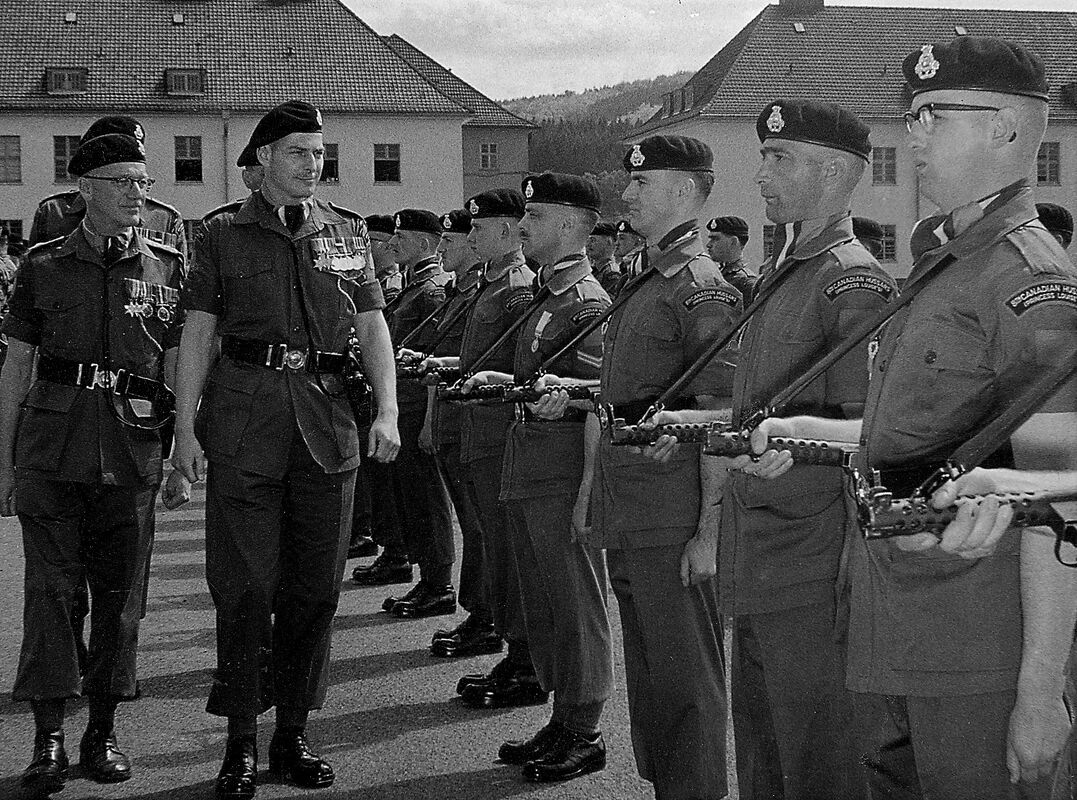Historical performance practice in cadenzas for Mozart's.
Wolfgang Amadeus Mozart’s Concerto for Bassoon, K. 191 has long been an. important part of the Classical era bassoon repertory.1 Few composers of the. Classical period wrote for the bassoon as a solo instrument, and even fewer still. paired it with an orchestral backing.Mozart: Piano Sonata No.5 in G major, K.283 Analysis. A detailed guide that analyzes the structural, harmonic and thematic frame. 1. Allegro 2. Andante 3. Presto.Bassoon Concerto in B-Flat Major, K 191 Wolfgang Amadeus Mozart Finding a concerto with which to write about was a bit harder for me than expected. I had planned on listening to perhaps a trumpet or violin concerto for this paper but I was having a difficult time finding one that kept my in.
Mozart wrote this piece in 1775 when he was just 19 years old, and it was his second piano sonata (as the title suggests). The exposition starts out in F Major with a small two measure introduction, followed by Group 1 material.Mozart K331 Analysis Essay .Analysis of W. A. Mozart’s Piano Sonata in A Major, K. 331: First Movement Classical composer Wolfgang Amadeus Mozart was born to Leopold and Anna Maria Mozart in 1756 in Salzburg, Austria (then the Holy Roman Empire of the German Nation). Mozart showed promise in music from an early age, prompting his father to.

Misc. Notes See also the other arrangements of Piano Sonatas between Nos.1 and 6 Purchase.










